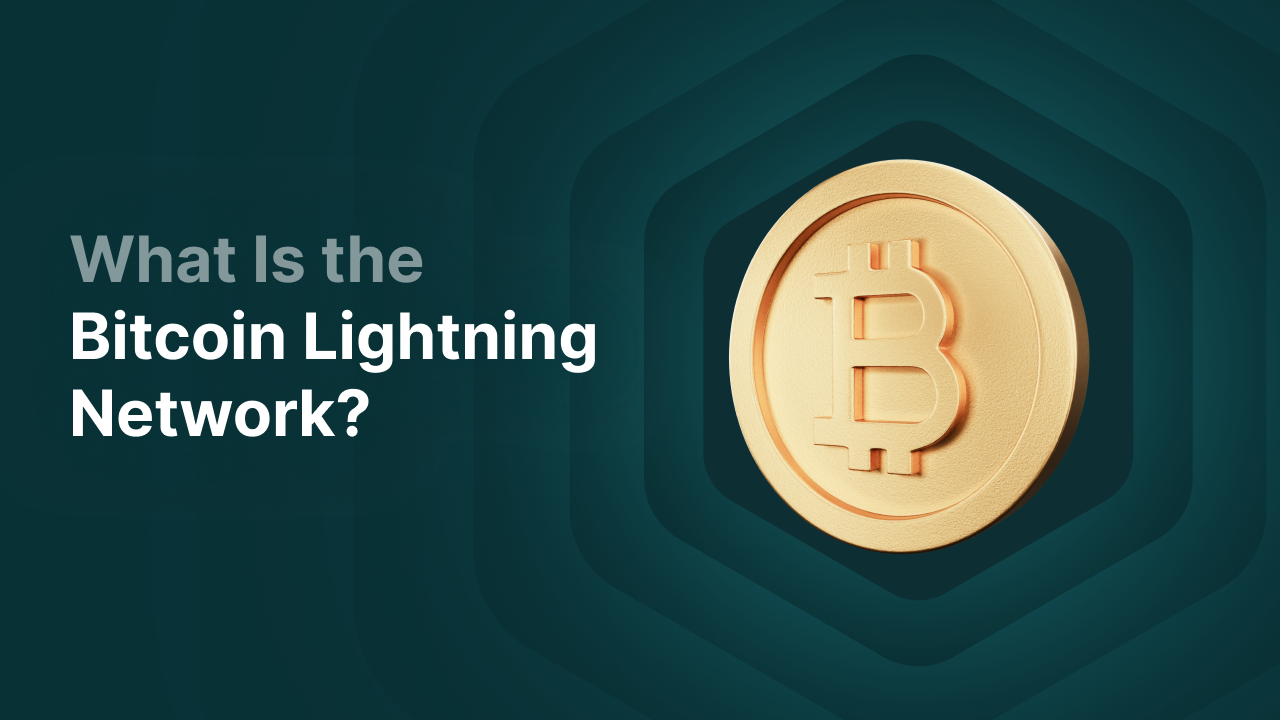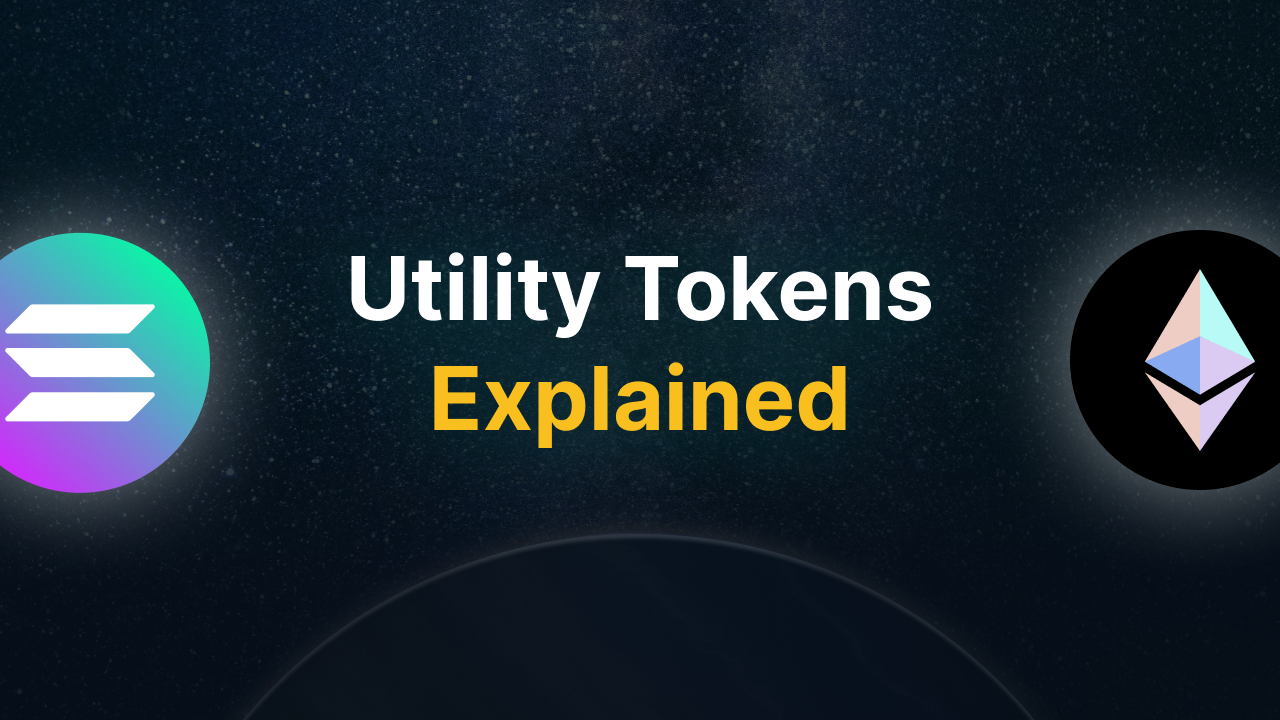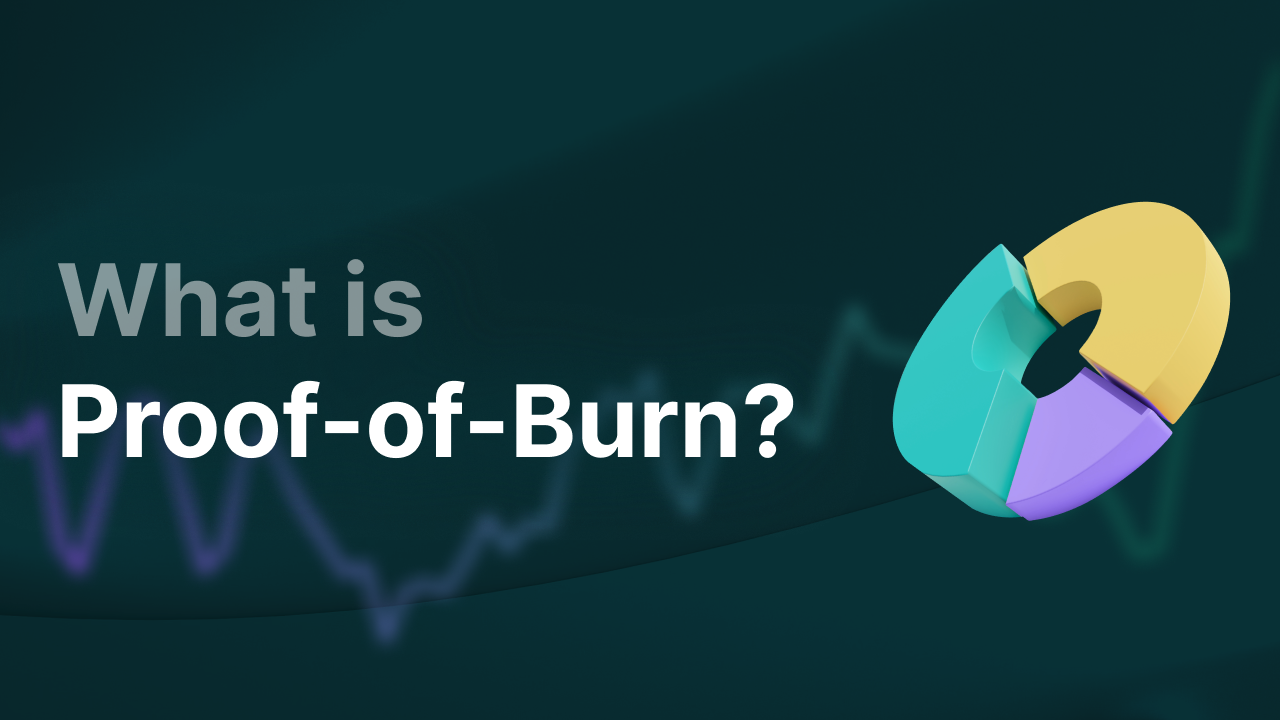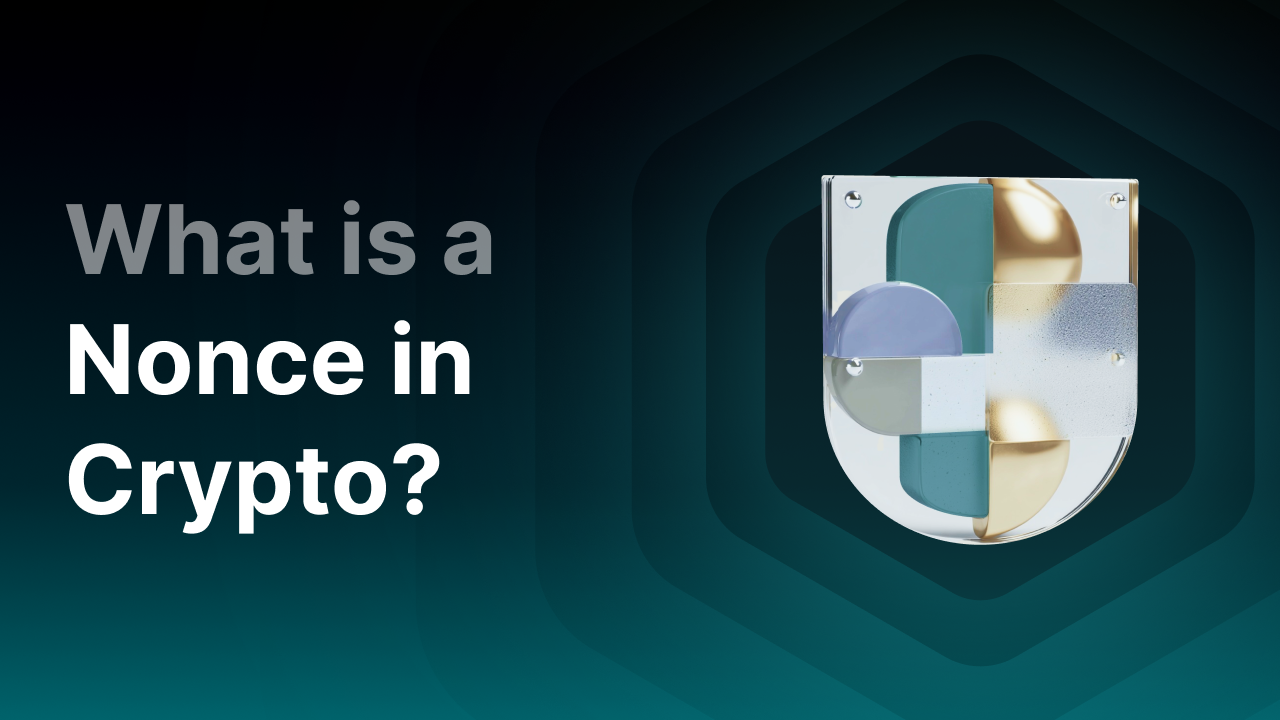What is the Bitcoin Lightning Network?

What is the Lightning Network?
The Lightning Network, also known as the Bitcoin Lightning Network, is a layer-2 solution built on the Bitcoin blockchain. It was first introduced to the Bitcoin community in 2015 by researchers Joseph Poon and Thaddeus Dryja. They did this by publishing the Lightning Network White Paper. In the white paper it was described how the Lightning Network provides a solution to the scalability problems of Bitcoin. The very first blockchain is inherently very slow and expensive (about 7 transactions per second). When the network becomes heavily used, this leads to high congestion, causing longer waiting times and higher transaction fees. Because of this, Bitcoin is not ready for large-scale adoption as a payment system, hence the development of the Lightning Network. The goal of the Lightning Network is to make Bitcoin more practical as a daily means of payment.
The Lightning Network processes transactions off the blockchain but still relies on the robustness and security of the Bitcoin network. This way transactions can be executed much faster at lower costs, without endangering the decentralization of the network.
Since its development, the Lightning Network has grown into a global open-source project, used by many developers and companies. Examples include Blockstream, Lightning Labs, and ACINQ.
Key Takeaways
-
The Lightning Network is a layer-2 solution on top of Bitcoin, developed to solve the limitations of the blockchain (slow and expensive transactions, max. ~7 TPS).
-
Transactions run off-chain via payment channels that are only settled on the blockchain when closed. This makes payments nearly instant and extremely cheap, while preserving the security of the Bitcoin network.
-
Wallets such as Phoenix, Muun, Breez, Wallet of Satoshi, and BlueWallet remove the technical complexity, making Lightning practically as easy as a regular payment app.
-
Lightning enables micropayments and international payments, making Bitcoin more suitable for e-commerce and physical transactions.
How does the Lightning Network work?
The Lightning Network works with payment channels. A payment channel is a line set up between two parties. Within such a channel unlimited payments can be sent back and forth without needing to broadcast every transaction to the blockchain for validation. Only when the channel is closed does a final balance appear in which all transactions are settled.
How it works:
-
You open a payment channel between two parties (two wallet addresses) with a transaction. In that transaction both parties lock a certain amount of Bitcoin. This Bitcoin acts as a kind of pot from which they can pay each other.
Think of it like a prepaid card. If it has 0.2 BTC loaded, you can send up to 0.2 BTC to the other party.
-
Once the deposited amount is spent, the parties can either choose to close the payment channel or open a new one with a new deposit (this requires another on-chain transaction).
-
When closing the payment channel the final balance is drawn up and recorded on the blockchain. The blockchain then distributes the Bitcoin correctly to the wallet addresses.
Because not all transactions need to be individually sent to the blockchain, Lightning Network transactions are much cheaper and faster. They don’t need to wait for validation within Bitcoin’s limited transaction speed of around 7 TPS. Since the initial transaction was already validated when opening the channel, the payments within the channel can be executed almost instantly. In addition, the load on the Bitcoin blockchain is much lower.
Paying through multiple channels
The Lightning Network also makes it possible to connect payment channels together through a smart routing system. With this system payments can be routed through multiple intermediaries. This creates a web of payment channels, so the Lightning Network is not limited to direct channels only.
Example:
You have a payment channel with John, allowing you to send Bitcoin directly to him. John has another channel with Dorothy. This means you can also send Bitcoin to Dorothy via John.
To prevent fraud the process is secured with Hashed Time-Locked Contracts (HTLCs). These contracts state that a payment will only be executed if all conditions are met. If an intermediary attempts to commit fraud by stealing Bitcoin, the most recent valid channel state can always be broadcast to the blockchain, preventing fraud.
The Lightning Network thus forms a kind of distributed “network of networks”, in which millions of micropayments per second can circulate without overloading the blockchain itself.
How can you use the Lightning Network?
For users it has become much easier to join the Lightning Network. In the past you had to open and manage your own channel, but nowadays Lightning wallets take care of this process. There are now user-friendly wallets that allow you to execute both on-chain Bitcoin transactions and off-chain Lightning transactions. Examples include Phoenix, Muun, Breez, Wallet of Satoshi, and BlueWallet.
These Bitcoin wallets handle the technical aspects, such as opening and managing channels. As a user you don’t need to set up a channel yourself in order to use Lightning.
How a Lightning wallet works in practice:
-
You receive a payment by scanning a Lightning QR code or by creating a Lightning invoice.
-
You send a payment by paying such an invoice, just like a regular QR payment.
Lightning transactions are executed and confirmed much faster (in fractions of a second) and at extremely low transaction costs, often less than a cent. This also makes the Lightning Network suitable for micropayments, which can boost adoption as a payment system.
We also see this in practice. Micropayments at ultra-low fees make Bitcoin ideal to use for trade in goods and services.
A concrete example is El Salvador, where Bitcoin has been legal tender since 2021. Many shops and cafés there accept Lightning payments for Bitcoin transactions, because they are faster and cheaper than on-chain transactions. As a visitor all you need to do is install a Lightning wallet and you can pay directly by scanning a QR code.
Applications of the Lightning Network
The possibilities of the Lightning Network are broad and promising:
Micropayments
A major advantage of the Bitcoin Lightning Network is that it makes Bitcoin more suitable for micropayments. Previously, only expensive and slow on-chain transactions were possible. With Lightning, users of the Bitcoin blockchain can now also make micropayments that are executed almost instantly at a cost of less than one cent. This enables new economic models and makes Bitcoin more suitable as a payment method.
International payments
Thanks to its speed, low fees, and Bitcoin’s decentralization, the Lightning Network makes it easy for users to carry out cross-border transactions without banks or other intermediaries. This also applies to micropayments.
E-commerce and physical stores
The Lightning Network encourages webshops, cafés, and point-of-sale systems to accept Bitcoin as a payment method. This has contributed to progressive policies such as in El Salvador, where Bitcoin was accepted as legal tender, to gain traction more quickly.
Gaming and digital platforms
The Lightning Network has also opened the doors for Bitcoin in the gaming industry. There are now several innovative applications of Lightning in gaming. It is ideal because players can make real-time micropayments for in-game items, earn rewards, or even use “streaming payments”.
Examples include:
-
ZEBEDEE integrated Lightning into games such as CS:GO, where players can earn or stake satoshis directly during a match.
-
THNDR Games offers mobile titles like Bitcoin Bounce and Turbo 84, where players can win small amounts of Bitcoin.
Advantages of the Lightning Network
The Lightning Network has several advantages:
-
Extremely fast and cheap transactions
-
Suitable for micropayments and new business models
-
Highly scalable: in theory millions of transactions per second possible
-
Global and without banks or central intermediaries
-
More privacy-friendly than on-chain transactions, since not everything is recorded on the blockchain
Disadvantages of the Lightning Network
Besides its advantages, the Lightning Network also has some disadvantages:
-
Still relatively complex for beginners; not all wallets and channels are equally user-friendly yet
-
Requires liquidity: there must be enough Bitcoin in a channel to route payments
-
Not always ideal for large amounts, since open channels are theoretically more vulnerable than on-chain cold storage
-
The Lightning Network currently only supports Bitcoin, meaning other cryptocurrencies cannot use the system
Final thoughts
The Lightning Network is an important innovation that makes Bitcoin not only more scalable but also more usable as a digital means of payment. Thanks to the work of pioneers like Poon and Dryja, and the many open-source developers who have contributed since, a system has emerged that enables fast, cheap, and secure payments—from micropayments to international transfers. While challenges remain around usability and liquidity, it is clear that the Lightning Network can play a crucial role in further Bitcoin adoption. For both beginners and advanced users it offers the possibility to see Bitcoin not only as an investment, but also as a practical payment method that can fundamentally change the financial landscape.




